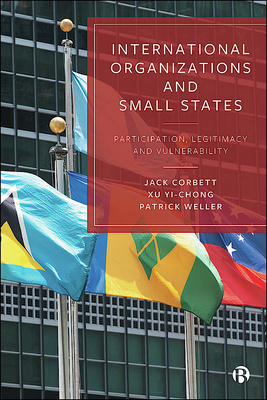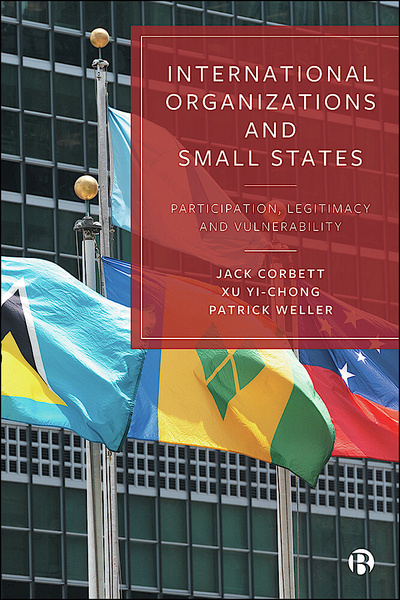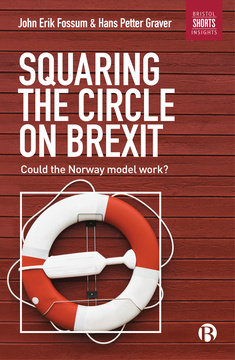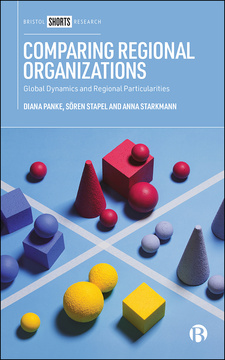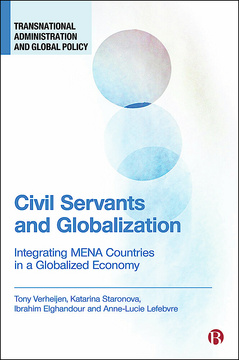International Organizations and Small States
Participation, Legitimacy and Vulnerability
By Jack Corbett, Xu Yi-chong and Patrick Weller
Published
Mar 14, 2023Page count
218 pagesISBN
978-1529207699Dimensions
234 x 156 mmImprint
Bristol University PressPublished
Oct 19, 2021Page count
218 pagesISBN
978-1529207682Dimensions
234 x 156 mmImprint
Bristol University PressPublished
Oct 19, 2021Page count
218 pagesISBN
978-1529207729Dimensions
Imprint
Bristol University PressPublished
Oct 19, 2021Page count
218 pagesISBN
978-1529207729Dimensions
Imprint
Bristol University PressInternational Organizations (IOs) are vital institutions in world politics in which cross-border issues can be discussed and global problems managed.
This path-breaking book shows the efforts that small states have made to participate more fully in IO activities. It draws attention to the challenges created by widened participation in IOs and develops an original model of the dilemmas that both IOs and small states face as the norms of sovereign equality and the right to develop coincide.
Drawing on extensive qualitative data, including more than 80 interviews conducted for this book, the authors find that the strategies which both IOs and small states adopt to balance their respective dilemmas can explain both continuity and change in their interactions with institutions ranging from UN agencies to the World Trade Organization.
Jack Corbett is Professor of Politics at the University of Southampton.
Patrick Weller is Professor Emeritus at Griffith University.
Xu Yi-chong is a Professor at Griffith University.
1. Introduction
Part I: Actors
2. Why Do IOs Encourage the Participation of Small States?
3. Why Do Small States Engage with IOs?
Part II: Interactions
4. Differentiated Vulnerabilities, Climate Change and the UN Agencies
5. Differentiated Development in the IMF, the WBG, and the WTO
6. Expanding the Agenda at the WHO and the WIPO
7. Conclusion







